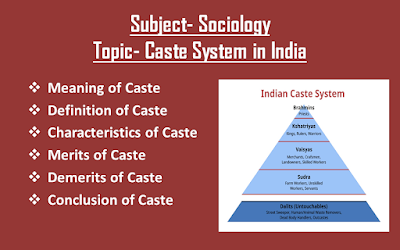Communalism- Meaning, Definition, Characteristics, Factors and Impacts

# Communalism Communalism is a political philosophy, which proposes that market and money be abolished and that land and enterprises to be placed in the custody of community. But in the Indian subcontinent context, communalism has come to be associated with tensions and clashes between different religious communities in various religions. Problem that arises between the socio-religious relations of the people who belong to various minority communities on the one hand and the majority community on the other can be referred to as Communalism. It is important to note that Indian society was never homogeneous throughout history. It was a highly diverse religiously, culturally, caste-wise and linguistically but there was a hardly any tension between these groups. It all began with establishment of British rule in India and so most of the scholars agree that communalism is a modern phenomenon and not a medieval phenomenon. # Definition of Communalism 1. According to Hussain Shahee...






